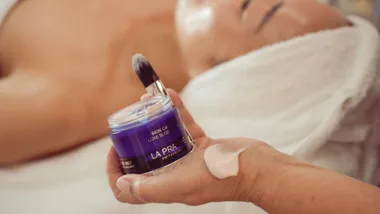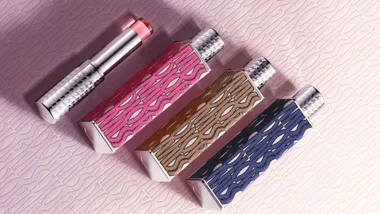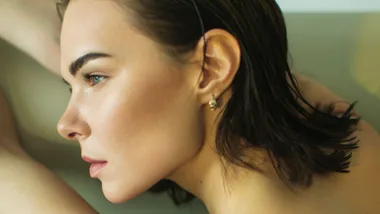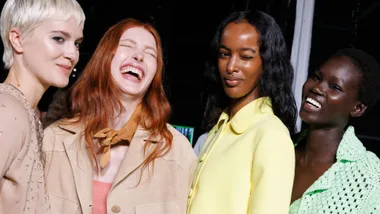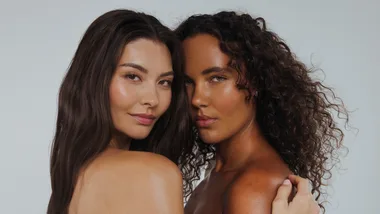If you are a big fan of Meghan Markle or Jennifer Aniston’s hair, we’ll let you in on a secret: we know just what treatment is to thank for their silky, smooth locks.
Along with Nicole Kidman and Jennifer Lopez, Markle and Aniston are known to be fans of keratin hair treatments, a semi-permanent treatment that smooths frizz and boosts shine.
While the treatment is often lauded as a summer go-to thanks to its anti-frizz properties, it can actually be a great way to stave off dry hair in winter, too.
Wondering whether a keratin treatment is right for you? We tapped Edwards & Co. owner, founder and colourist, Jaye Edwards to answer all of your burning questions. Scroll on for everything you need to know before heading to the salon.

How Do Keratin Treatments Work?
Essentially, the treatment is a chemical process that involves applying a solution with high concentrations of keratin to clean, damp hair.
The wet hair absorbs the treatment, which Edwards says works to “repair damaged strands, decrease frizz and leave your hair shinier and smoother,” by preserving the structure of each strand.
The treatment is then activated via heat, being sealed in when the hair is blow-dried and straightened.
“This treatment will be different for everyone, and your hair stylist will work with you and what you want to achieve from the treatment,” says Edwards. For example, the process may vary depending on whether your goal is to tackle frizz, straighten or smoothen the hair.
Typically, you can expect to spend between one and three hours in the salon.
What Do Keratin Treatments Do?
Keratin treatments can help to:
- Control frizz
- Define curls
- Retain moisture
- Bolster the strength of strands
- Repair damage
- Enhance shine
Are Keratin Treatments Good For Your Hair?
Keratin is a type of protein that is a naturally-recurring part of the makeup in your hair, nails and skin. Over time, our hair loses keratin thanks to things like sun exposure, bleaching and hot tools. Accordingly, applying it to your hair via a treatment will put protein back in, which can help to repair damaged strands.
“A keratin treatment can do wonders for your hair to combat frizz and to achieve smoother and shinier hair,” says Edwards. “This treatment makes your hair a lot more manageable and easier to style, as well as reducing your chances of further damage and split ends.”
Edwards advises that keratin treatments are best suited to those with “hick, frizzy, curly or unmanageable hair.”
Unfortunately, those with fine, heavily damaged or highly porous hair may find that their locks could be further weakened by the treatment process.
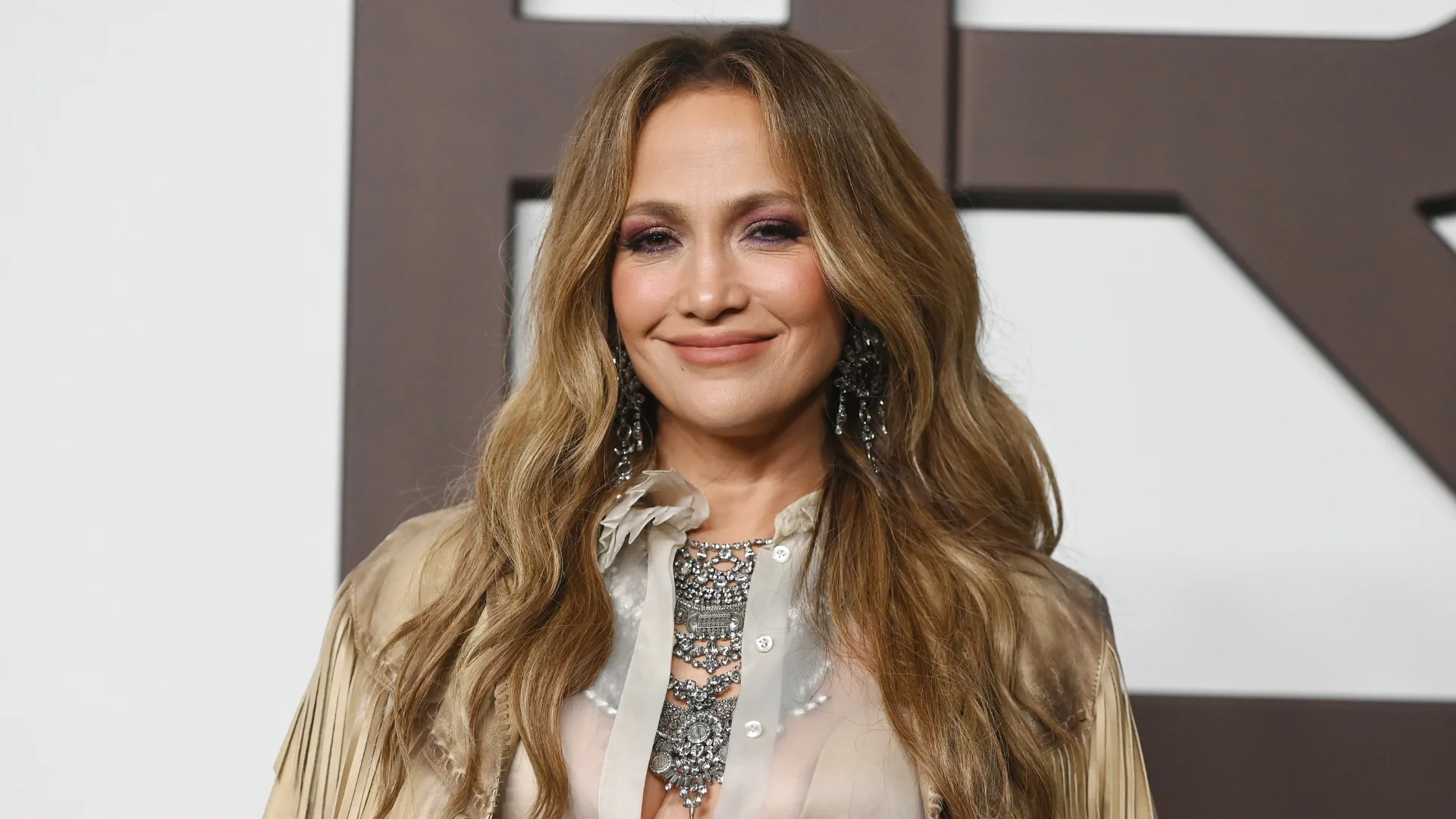
So What Are The Disadvantages?
While keratin treatments have been heralded as a saviour for dry or frizzy hair, there are some drawbacks, too.
The main disadvantage is that maintaining the results is relatively tedious. “Post-treatment care is super important,” says Edwards. “You will have to use specific products that are sulphate free, and avoid contact with chlorine and saltwater, and over-washing your hair, and this might not fit in with some clients’ lifestyle.”
Keratin treatments can also be expensive, typically costing between $150-$400 per session in Australia, depending on your region.
Plus, as Edwards notes, “it’s not a one size fits all approach, you have to talk to your hair stylist to make sure the treatment is right for you and your hair quality.”
Further, some keratin treatments contain ingredients that release formaldehyde, which is a known carcinogen, when they are heated or mixed with water. However, not all treatments contain formaldehyde-related ingredients, so be sure to check with your hairdresser before booking in.
How Long Do Keratin Hair Treatments Last?
Your keratin treatment will typically last between three and five months, depending on your hair type and how well you take care of it.
The cardinal rule is to avoid getting your hair wet for at least three days following your treatment.
Edwards advises that those with straight hair who are simply struggling with frizz will tend to get the most longevity, with the treatment likely to last up to five months.
Those with wavy hair will typically get three to five months of wear, followed by curly hair with up to three months, and coily hair at around two months.


